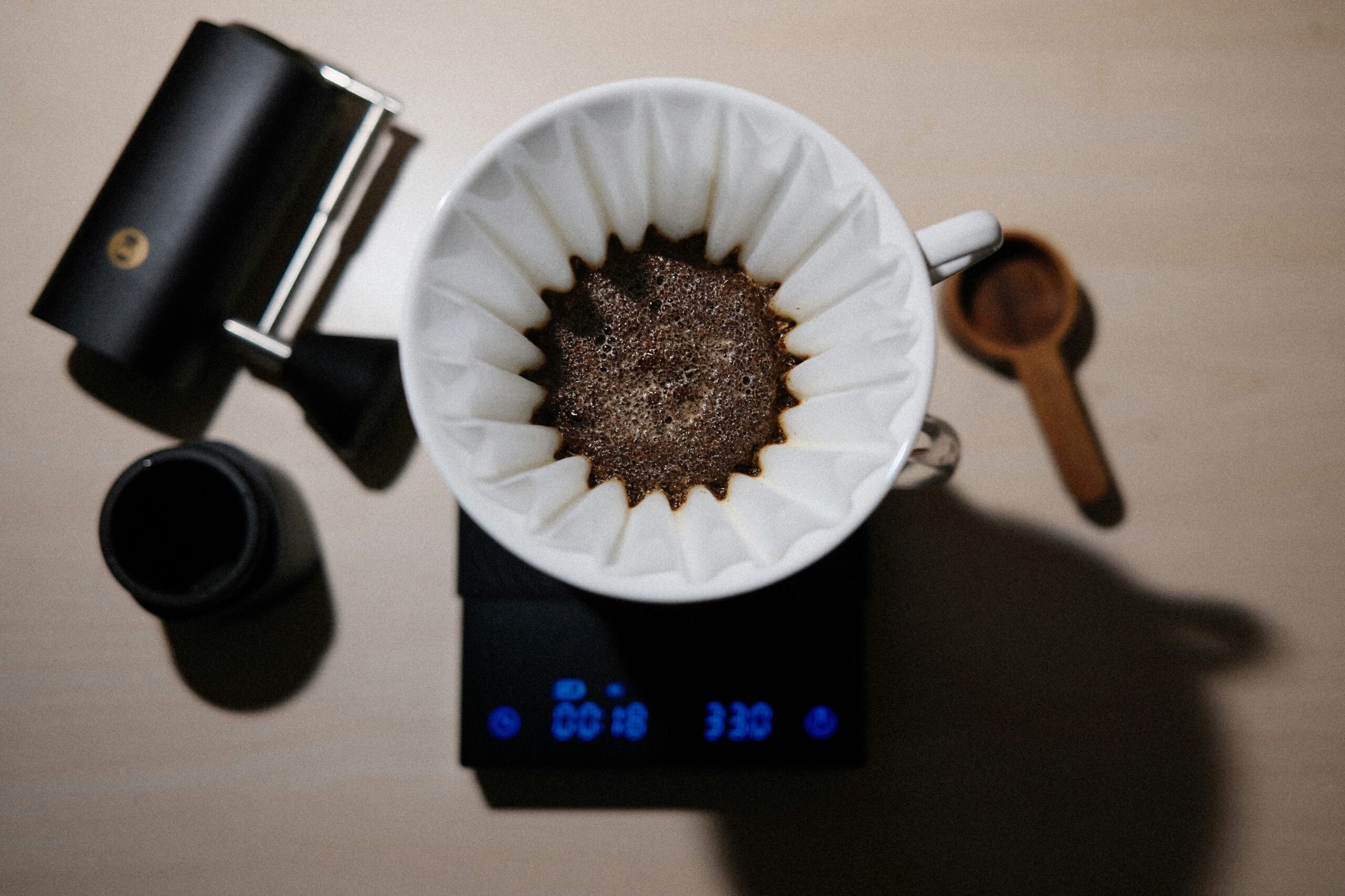Ever woken up to a lukewarm cup of coffee that tastes like it was brewed by a malfunctioning robot? Yeah, we’ve all been there. The culprit might not be your high-tech smart coffee maker—it’s likely mineral buildup caused by neglected descaling. If this sounds familiar, you’re about to discover how keeping your machine clean can save both your mornings and your investment in fancy tech.
In this post, we’ll explore why descaling your coffee maker is non-negotiable for anyone who loves their caffeine fix delivered with precision. We’ll also walk through the step-by-step process, share tips to keep your machine humming, and even sprinkle in some humor along the way—because no one likes bland advice with their coffee.
Here’s what you’ll learn:
- What causes scaling in smart coffee makers
- Step-by-step guide to descaling without the drama
- Tips to extend the life of your beloved gadget
- Real-world examples of costly mistakes from skipping maintenance
- Frequently asked questions and answers on descaling
Table of Contents
- The Problem: Why Does My Coffee Taste So Bad?
- The Solution: How to Descale Your Smart Coffee Maker Like a Pro
- Pro Tips: Keeping Your Coffee Game Strong
- Case Studies: What Happens When You Ignore Descaling
- FAQs About Descaling Coffee Makers
Key Takeaways
- Descaling removes mineral deposits that affect taste and efficiency.
- Smart coffee makers need regular cleaning to avoid permanent damage.
- Preventive steps are easier—and cheaper—than repairs or replacements.
- Vinegar or specialized solutions work wonders; just follow the instructions!
What’s Ruining Your Coffee? Scaling, That’s What!
Let me paint a picture for you. Picture this: I bought a shiny new smart coffee maker last year—voice-activated, app-controlled, Bluetooth-ready…chef’s kiss. One morning, it decided to spit out half a cup of watery misery instead of my usual strong brew. Turns out, hardened minerals had clogged its inner workings. Whoops.
Scaling happens when water deposits calcium, magnesium, and other minerals inside your coffee maker over time. Even if you’re using filtered water, these sneaky little troublemakers accumulate and block water flow, leading to poor performance and nasty flavors. And trust me, nobody wants coffee that tastes like chalky tap water.

Mineral buildup can wreak havoc on your smart coffee maker’s performance.
The Grumpy Optimist Dialogue:
Optimist You: “Regularly descaling will keep my coffee tasting amazing!”
Grumpy You: “Ugh, but doesn’t vinegar smell weird?”
Yes, it does. But would you rather have a foul-smelling solution or permanently bitter coffee? Choices, choices…
How Do I Descale This Thing Without Breaking It?
Don’t worry—we’ve got you covered. Follow these steps to get your smart coffee maker back in tip-top shape. Bonus: No engineering degree required.
Step 1: Check Your Manual
Each model has unique quirks. Grab your owner’s manual or download it online (keywords: “descale [brand name] smart coffee maker”). Find the recommended cleaning frequency—it’s usually every 3 months, depending on use.
Step 2: Gather Supplies
- Vinegar (white distilled)
- Filtered water
- A clean cloth
- An optional descaler solution (if vinegar isn’t cutting it)
Step 3: Mix and Run a Cleaning Cycle
Pour equal parts vinegar and water into the reservoir. Run a full brewing cycle without any coffee grounds. Some models allow you to activate a self-cleaning mode at this point. If not, manually start the brew cycle.

Use equal parts vinegar and water for an effective descaling mixture.
Step 4: Rinse Thoroughly
Flush the system multiple times with fresh water until there’s no lingering vinegar scent. Failure to do so means tomorrow’s coffee could taste suspiciously tangy—a rookie mistake I learned the hard way.
Step 5: Wipe Down Exteriors
Clean external surfaces with a damp cloth. Avoid abrasive cleaners, which can scratch touchscreens or delicate finishes.
And voila! Your smart coffee maker should now be ready to deliver barista-level results again.
Pro Tips: Keep Your Smart Coffee Maker Happy
- Use Filtered Water: Minimize scaling by starting with less mineral-heavy water.
- Set Reminders: Mark your calendar or set phone alerts for regular descaling sessions.
- Try Specialized Products: If vinegar seems too DIY, brands like Dezcal offer pre-measured pods for effortless maintenance.

A little TLC goes a long way in maintaining your smart coffee maker.
Case Study: Skipping Maintenance Is Expensive
Last week, I saw someone post in a smart home forum about their $600 Nespresso Vertuo Next dying prematurely—all because they ignored descaling warnings. Ouch. They ended up replacing the entire unit after only two years due to irreparable internal corrosion. Lesson learned: A few hours of preventive care beats buying a brand-new appliance.
Frequently Asked Questions About Descaling Coffee Makers
Q: Can I Use Lemon Juice Instead of Vinegar?
Nope. While lemon juice smells better, it’s acidic enough to potentially damage rubber seals and plastic components. Stick to vinegar—it may stink, but it won’t eat away at your machine.
Q: How Often Should I Really Be Descaling?
If you live in an area with hard water, aim for every 1-2 months. For softer water regions, every 3 months should suffice.
Q: Is Professional Cleaning Worth It?
Unless your warranty specifically requires professional servicing, save your money. With the right tools and a bit of patience, DIY descaling is equally effective.
Conclusion: Don’t Neglect the Machine That Makes Life Better
Your smart coffee maker deserves love as much as you enjoy its daily output. Regular descaling ensures consistent flavor, extends the device’s lifespan, and prevents unnecessary spending on replacements. Now go forth and conquer those mineral monsters—you’ve earned that perfectly brewed cup.
Oh, and here’s a parting haiku:
Brew, sip, stay caffeinated,
Descaling keeps bliss alive,
Cheers to tech and beans!


